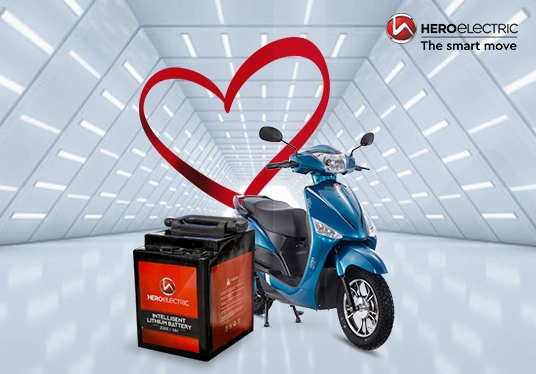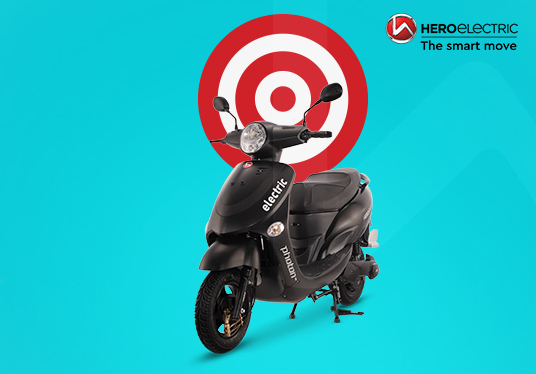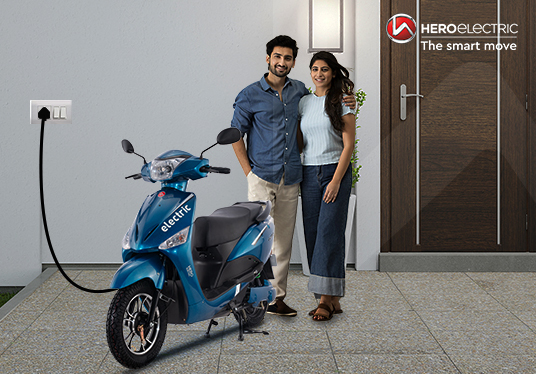The battery is an integral part of your e-bike, the battery’s performance deteriorates gradually over its life time. However, if it is well maintained, the life can be extended to last longer. The life of a battery is calculated energy throughput. For simplicity and ease of understanding it can also be described in charge cycles i.e. how many times you can charge your battery from 0% to 100%. The charge cycle varies from battery to battery. There are certain factors like temperature, type of battery, and charging process that impact the life of your electric bike battery.
What are the most common types of e-bike batteries?
There are multiple types of e-bike batteries available in the market. Let’s look at some of the most common electric batteries used till today.
1) Lead-Acid Batteries:
They are inexpensive and easy to produce and recycle. They have 100-300 charge cycles.
2) Nickel Cadmium Batteries and Nickel -Metal Hydride Batteries
They are light and offer high storage density at a low price. These batteries can last anywhere between 300-500 charge cycles.
3) Lithium-ion Batteries:
Today, modern electric bikes contain lithium-ion batteries. They are lightweight and can last for a few thousand charge cycles.
What is the role of battery management system in modern Lithium-ion batteries?
Lithium-ion batteries have a Battery Management System (BMS) inside their case: a sophisticated electronic device that monitors key parameters like temperature, current and voltage of the cells in the battery pack. A BMS is responsible for maintaining the performance and efficiency of the battery. It is also responsible for the safety, performance, longevity, and efficient charging of lithium-ion batteries.
Does the size of your battery matter?
Yes, the size of batteries matters, and we calculate it in Watt-hours of energy. A battery with more watt-hours of capacity can run for a longer duration. For example, the battery capacity of Hero Electric’s Optima CX – Dual Battery is 1536 watts hours. It means that It can deliver 1536 watts in one hour or 768 watts in two hours, and so on.
4 ways to get the most out of your e-bike battery
1) Store it in a cool place
Temperature affects the lifespan of your battery. Both high and low temperatures can be detrimental to the life of your battery. Always store your battery in a cool place; an ideal temperature for the battery is preferably around 25°C.
2) Use your battery regularly
The health of the battery is at its best when you use it regularly. If you stop using your battery regularly, the cells will deteriorate and affect its performance. To ensure the battery performance remains consistent, you need to use it regularly.
3) Charge only with approved chargers
A battery must be charged only with chargers approved by the battery manufacturer. Charging with unauthorized chargers may affect battery life and in some cases may also be a safety risk if the battery is not compatible with the charger. Charging with higher currents will charge the battery faster, but may affect the life of the battery if the charging currents are higher than approved by the battery manufacturer.
How to clean your battery?
The best way to clean your battery is to use a damp cloth and give it a swipe. However, care must be exercised to not touch the terminals with metal or wet objects, to avoid any chances of an electrical shock. Though the batteries are designed to be water proof or water resistant, it is recommended to not submerge the battery in water.
Things to avoid!
1) Do not instantly plug in your charger after you come from a ride. Allow the battery to cool down for some time. Typically, at least 30 minutes on hot summer days.
2) Avoid draining your battery completely, it can affect the battery life
3) Avoid tampering. e.g. opening the battery casing, connecting unauthorized chargers etc.
Conclusion
Your e-bike battery can last for several years if you maintain it well. When the batteries reach its end of life make sure you dispose of it in a responsible manner. You can go to a local battery dealer or electronics recycler, who will take care to dismantle and recycle it in an environmentally sustainable manner.



